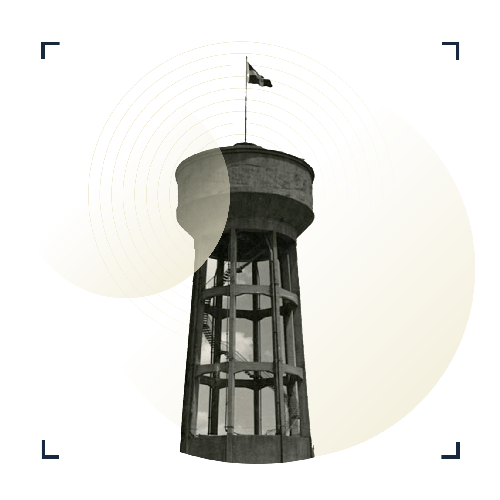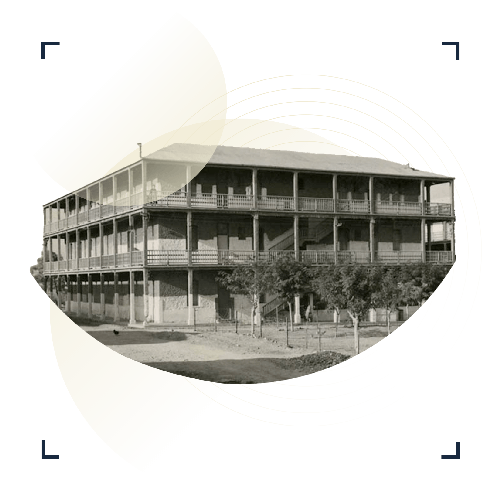Points of Interest

Krakaris Conveyor Belt
“Conveyor belt, situated on the Krakaris breakwaters for the loading of products coming from the factory of fertilizers, glass factory etc. of 200 meters length, with 2 pillars and 2 cantilevers, with the ability of loading every hour 140 tons of product in bulk or 30-40 tons in sacks”.
Glass Factory
In 1912, the Board of Directors of the Company decided to create the glass factory for the making of the “demijohns” for packing the acids to help with the vertical integration of the production. In parallel, the unit would also produce bottles, items of everyday use from white glass and sheets of glass after 1922.


Glass Factory
In 1912, the Board of Directors of the Company decided to create the glass factory for the making of the “demijohns” for packing the acids to help with the vertical integration of the production. In parallel, the unit would also produce bottles, items of everyday use from white glass and sheets of glass after 1922.
The Slaughterhouses of Piraeus
The graveyard of Piraeus, the brothel of Vourla and the public slaughterhouses situated at the same bay were three essential public “services” for the city of Piraeus that however did not fit at the visible residential core, and that is why they were housed at the nearby, almost desolate, land of Drapetsona.


The Slaughterhouses of Piraeus
The graveyard of Piraeus, the brothel of Vourla and the public slaughterhouses situated at the same bay were three essential public “services” for the city of Piraeus that however did not fit at the visible residential core, and that is why they were housed at the nearby, almost desolate, land of Drapetsona.
Text Credits
- Eleni Kyramargiou, Historian, Associate Researcher at the Institute of Historical Research, National Hellenic Research Foundation
Photo Credits
- Urban Environment Laboratory Archive, School of Architecture, NTUA and National Bank of Greece Historical Archive.
In collaboration with:

Under the patronage and attendance:






